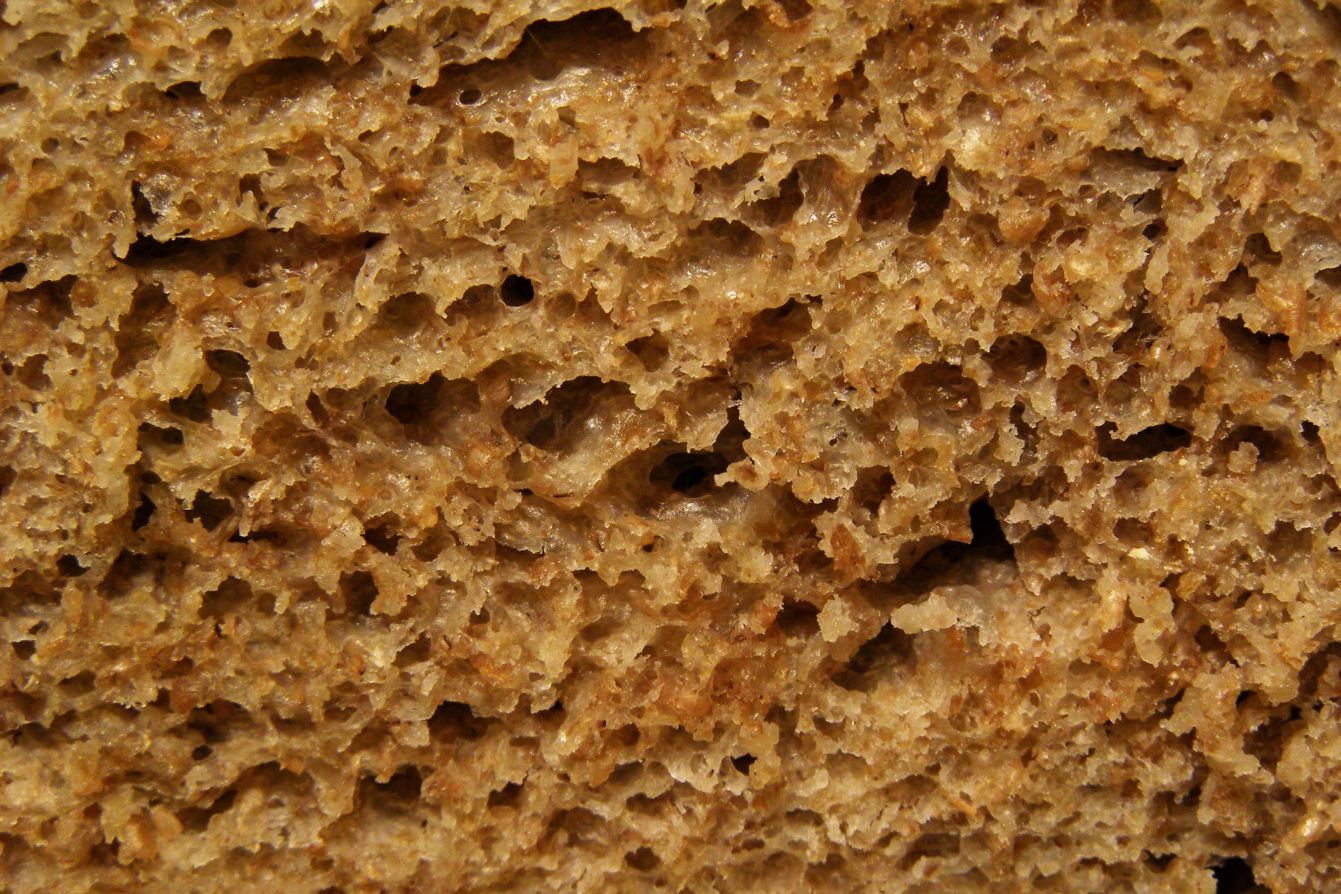Whole grains, wholemeal flour and whole-grain foods
What are whole grains and wholemeal flour?
Grains are often the seeds of certain plants. The seed, or kernel, is made up of three parts: the bran, the endosperm and the germ - all of which contain valuable nutrients that play an important role in your diet. There are many types of grains, including cereal grains such as wheat, rye or oats. These grains can be either whole or refined. Whole grains contain all three parts of the kernel.
Wholemeal flour is made from the whole wheat grain with nothing added or taken away.
Wholemeal flour contains more fibre than white flour
Wholemeal flour contains more fibre than white flour. Wholemeal bread is made of wholemeal flour i.e. from wholegrains that have been milled to a fine texture, giving a plain brown appearance. Whole wheat and multi-grain foods may not be whole grain. Some foods may look like they are whole grain because of their colour, but they may not be.
Use the nutrition facts table to compare the amount of fibre between grain products. Look at the % daily value to choose those with more fibre.
Whole grain consumption
The evidence-base supporting the association between whole grain consumption and certain diseases, risk factors and mortality is well-established. Whole-grain foods have more nutrients such as fibre, vitamins and minerals.
A meta-analysis combining results from studies conducted in the U.S., the United Kingdom and Scandinavian countries (which included health information from over 786,000 individuals), found that people who ate 70 grams/day of whole grains - compared with those who ate little or no whole grains - had a 22% lower risk of total mortality, a 23% lower risk of cardiovascular disease mortality, and a 20% lower risk of cancer mortality.

